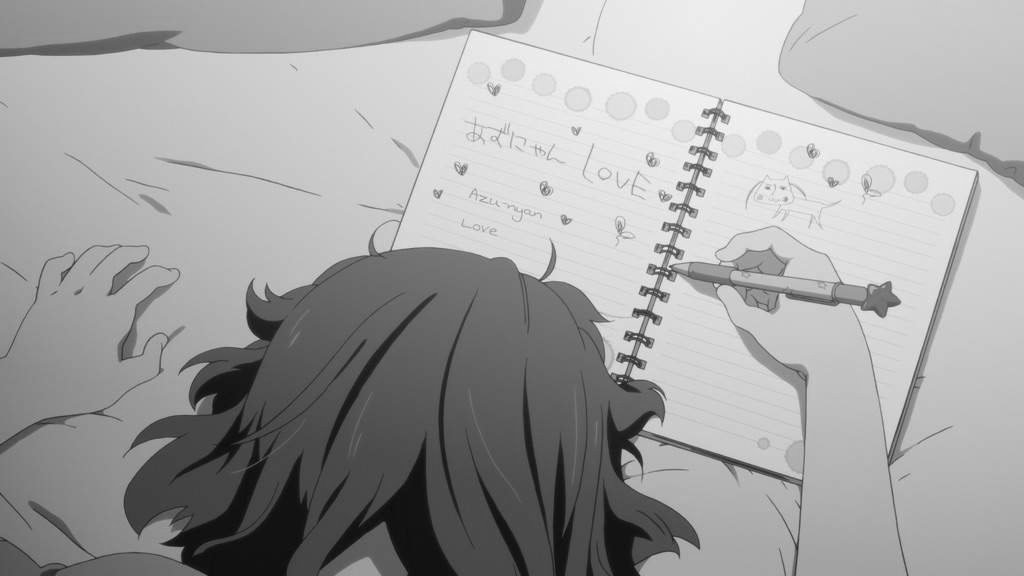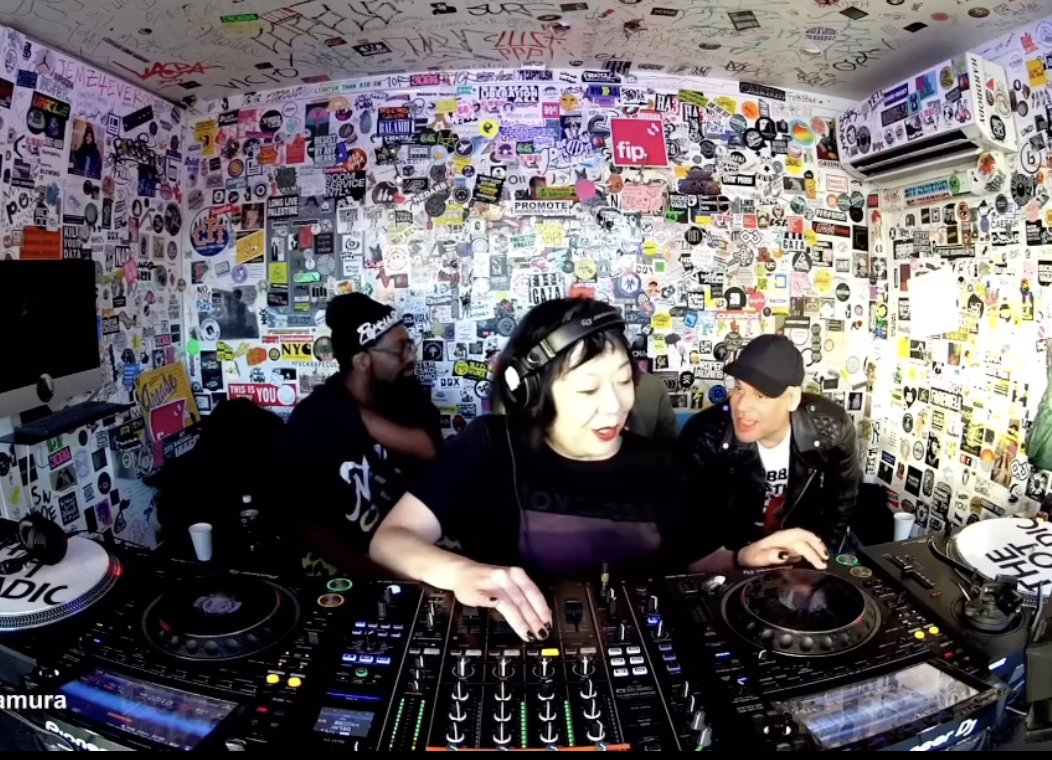Okonomiyaki this, Okonomiyaki that: Exploring an Iconic Dish

In the Kansai and Chugoku regions, okonomiyaki is a sensitive subject. Whether it’s an argument of where it originated or between friends on who has the best fillings, toppings, or presentation, okonomiyaki is taken very seriously in this part of Japan. Okonomi meaning “how you like it” and yaki meaning ”grilled”, the dish is constructed of a thin flour batter, meat, vegetables, and a dark, sweet and savory sauce. Typically cooked in front of you on a ‘teppan’ or a flat steel griddle, the potential variations are endless. sabukaru writer Byron spent some time in Hiroshima and Osaka, where okonomiyaki is life, to explore this polarizing dish.
Hiroshima Style
If you ask someone from Hiroshima where okonomiyaki originated, they’ll proudly tell you that their neighbors in Osaka have nothing to do with it. While this may or may not be true, it’s certain that the dish saw a boom in consumption during post war times using cheap ingredients as a means of filling hungry bellies. While okonomiyaki in both regions is similar in construction, the main difference between Hiroshima-style and Osaka-style is that you get an option of soba or udon at most Hiroshimayaki shops. The most popular place to find the offering in Hiroshima is Okonomimura (roughly translated to okonomiyaki village) a building that houses several shops all serving different iterations of the classic. If you’re looking for the guidebook experience of this legendary dish, you’d surely be satisfied by any of the seats in the building. For the more adventurous, however, a deeper dive will almost certainly lead you on a delicious journey.
Following a Hiroshima-native well off the beaten path of “must try” okonomiyakiya might lead you to Okonomiyaki Tamako in the Miyakomachi neighborhood to try a version that hasn’t changed in over 50 years. A little old lady serves them up just like her mother did in the same space. What makes Obachan’s version different is her usage of shoburi, or minced beef. At Tamako, the minced beef comes from scraping the ribs after the more coveted meat has been removed. This likely came about from the location, which used to be home to many butcher shops and has typically been considered a less affluent area. Okonomiyaki being a working-class meal as it is, the use of a cheaper cut of meat not only gave it a unique touch, but it also made it more accessible to the community because of its affordability. When asked what the secret was to her half-a-century old shoburiyaki, she mentioned two things: the attention to detail when cooking the cabbage and the sauce, made by Otafuku sauce, which is used widely amongst Hiroshima okonomiyaki shops.
The next spot, Sato’s Table, is in the Komachi neighborhood. Aside from Sato-san’s delicious sauce & seasoning, what stuck out about her version was the usage of sliced cheese as a garnish, as well as the option to have half udon and half soba. This unique version also included little pieces of mochi & shiso. Interesting as fuck to eat, texture-wise, but enjoyable nonetheless.
It seems important in Hiroshima to continue on the legacy of okonomiyaki as it has been for the better part of the last century. Osaka, on the other hand, is a completely different story…
Osaka-style Modanyaki
If you find yourself 3 servings of okonomiyaki deep, a 4th portion might seem like a daunting task. It would be a disservice, though, not to explore the unique offerings that exist in Osaka. The stark difference between Osaka-style and Hiroshima-style is that, in Osaka, the vegetables are mixed into the batter before cooking. Unlike the Hiroshima version, which layers each ingredient as to not meld any of the flavors together, the Osaka version is a perfect representation of the wild & mixed nature of the city.
In the neon-lit streets of Dotonbori, you’ll find countless opportunities to eat okonomiyaki. Some spots are good, some are great… then, there are spots like ¥aki$oba Baby that transcend taste and make their mark for reasons other than flavor. A solo operation run by Baby (ベイベー) in the front of his parent’s old convenience store, the style offered at ¥aki$oba Baby is known locally as “modanyaki” which is short for modern okonomiyaki. Interestingly enough, what sets this sub-style apart is the same thing that makes Hiroshima-style distinct - the addition of noodles. Aside from the actual contents of the dish, the calling card of modanyaki are the proprietors themselves (like ベイベー) that seem to be characterized by their wild antics, loud music, and generally fun atmosphere.
The blurred lines between the regional offerings are starting to become more common, making way for new and exciting experiences of the classic dish. For the purist, head to Hiroshima… but if you’re looking to ride the new wave of okonomiyaki, Osaka is where it’s at. Happy okonomiyaki hunting.
Words by Byron Neville Hughes III






